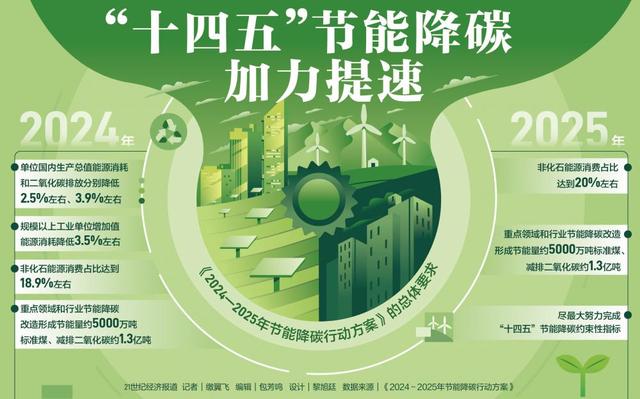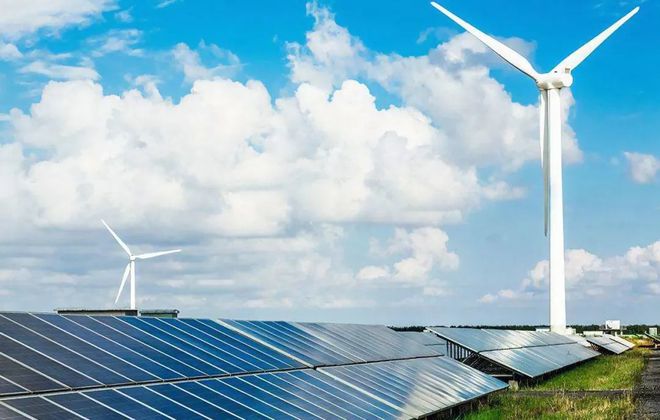.TRS_Editor P{margin-top:1em;margin-bottom:0;line-height:2.5;font-family:宋体;font-size:10.5pt;}.TRS_Editor DIV{margin-top:1em;margin-bottom:0;line-height:2.5;font-family:宋体;font-size:10.5pt;}.TRS_Editor TD{margin-top:1em;margin-bottom:0;line-height:2.5;font-family:宋体;font-size:10.5pt;}.TRS_Editor TH{margin-top:1em;margin-bottom:0;line-height:2.5;font-family:宋体;font-size:10.5pt;}.TRS_Editor SPAN{margin-top:1em;margin-bottom:0;line-height:2.5;font-family:宋体;font-size:10.5pt;}.TRS_Editor FONT{margin-top:1em;margin-bottom:0;line-height:2.5;font-family:宋体;font-size:10.5pt;}.TRS_Editor UL{margin-top:1em;margin-bottom:0;line-height:2.5;font-family:宋体;font-size:10.5pt;}.TRS_Editor LI{margin-top:1em;margin-bottom:0;line-height:2.5;font-family:宋体;font-size:10.5pt;}.TRS_Editor A{margin-top:1em;margin-bottom:0;line-height:2.5;font-family:宋体;font-size:10.5pt;} 2013年,如美国和西班牙,在全球风电市场中戏剧性地增长缓慢。然而,风电目前供应近3%的全球电力,预计未来5年将迎来强劲增长。根据美国市场研究机构Navigant Research的最新报告,到2018年,风电将供应全球7.3%的电力消耗。
“自2004年以来,去年成为风电市场出现首次负增长,而也有信号表明2013年的下降将成为一种反常。” Navigant Research研究总监Feng Zhao表示,“随着风电涡轮机供应商在新兴市场寻找机会,尤其是在拉丁美洲和非洲,并且在低风速的地区发展最大能源生产的极其,到2018年,风电市场预计将增加额外250吉瓦的容量。”
此外推动市场增长的还有海上市场。2013年,13个新海上项目安装,增加了1720兆瓦容量,较2012年增长50%。其中,近一半的新增海上容量安装在英国。


